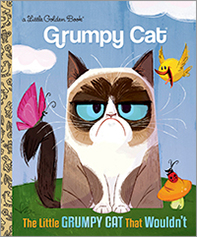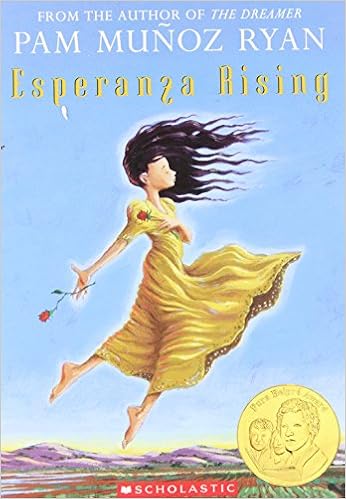How does one pick "the best?" Very difficult, as these decisions are so subjective. I have chosen three books, one picture book, one middle grade novel, and one young adult novel.

Let us begin with the picture book, The Day the Crayons Came Home by Drew Daywalt. The book is the sequel to the mega-hit, The Day the Crayons Quit by the same author. This new book features crayons that have been misplaced, or had a rough time, or wanting adventure. The book's interest lies in the emotion and personalities of the individual crayons, not to mention colorful!

For a middle grade book, I have selected The Thing About Jellyfish by Ali Benjamin. A look at friendship, betrayal, loss of life and, in some ways, innocence, this is a powerful story for middle graders to digest. However, the thought and care put into this book redeems any notion that it might be too old for such callow readers. I thoroughly recommend it for readers of this age!

The young adult novel that I have chosen is All the Bright Places by Jennifer Niven. There are several important books about mental illness, always an important topic for this age group, but this one is pivotal, indeed. Seniors Theodore Finch and Violet Markey run into each other on their school bell tower, both thinking about jumping. They travel through Indiana looking for a geography project and fall in love. While doing so, they deal with darkness, happiness, and possibilities of life.

Let us begin with the picture book, The Day the Crayons Came Home by Drew Daywalt. The book is the sequel to the mega-hit, The Day the Crayons Quit by the same author. This new book features crayons that have been misplaced, or had a rough time, or wanting adventure. The book's interest lies in the emotion and personalities of the individual crayons, not to mention colorful!
For a middle grade book, I have selected The Thing About Jellyfish by Ali Benjamin. A look at friendship, betrayal, loss of life and, in some ways, innocence, this is a powerful story for middle graders to digest. However, the thought and care put into this book redeems any notion that it might be too old for such callow readers. I thoroughly recommend it for readers of this age!

The young adult novel that I have chosen is All the Bright Places by Jennifer Niven. There are several important books about mental illness, always an important topic for this age group, but this one is pivotal, indeed. Seniors Theodore Finch and Violet Markey run into each other on their school bell tower, both thinking about jumping. They travel through Indiana looking for a geography project and fall in love. While doing so, they deal with darkness, happiness, and possibilities of life.
All three books, so different in all ways but one, and that is excellence. These authors deal with topics kids will love, or be intrigued by, or will fear. But through it all, they will learn to deal with certain aspects of life and the challenges it is sure to provide.















